When it comes to the distillate of agave, most people in the United States think only of tequila. But tequila’s older, smokier forefather, mezcal, is slowly gaining more followers.
While we're not sure who declared it a holiday, Oct. 21 is designated as National Mezcal Day. Here’s everything you need to know about what is arguably the most distinctive liquor of the Americas.
Tequila is mezcal, but not the other way around.

Eugenio Fernández Vázquez @ Flickr.
Technically, all distillate of the agave plant is “mezcal” -- even tequila, which specifically refers to liquor made primarily from the blue agave. But mezcal makes more use of Mexico’s many agave strands, and the production method differs from tequila.
It’s older than tequila.
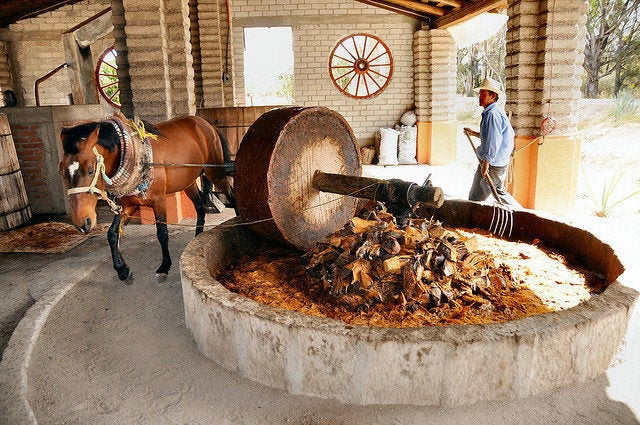
Russ Bowling @ Flickr.
No one really knows when mezcal production first started, though most experts agree that distillation arrived with the Spaniards some time in the 16th century. Once it did, it’s more than likely that what we now know as mezcal preceded the more specialized tequila.
Nevertheless, mezcal fell by the wayside as the far more successful tequila took off, according to agave expert Ana Valenzuela, the co-author of the book Tequila: A Natural and Cultural History.
It was only some time in the 1990s, as drinkers started searching out more distinctive spirits, that mezcal’s popularity began to grow. Over the last five years, Valenzuela says, bars known as “mezcalerías” have popped up across Mexico, catering to increasingly knowledgable drinkers who ask for mezcal by agave variety.
Though Valenzuela has dedicated much of her career to tequila, she says she’s grown increasingly enamored of mezcal.
“You can’t do a tasting of a tequila coupled with a mezcal,” Valenzuela told The Huffington Post. “You’ll end up abandoning the tequila.”
Nevertheless, mezcal fell by the wayside as the far more successful tequila took off, according to agave expert Ana Valenzuela, the co-author of the book Tequila: A Natural and Cultural History.
It was only some time in the 1990s, as drinkers started searching out more distinctive spirits, that mezcal’s popularity began to grow. Over the last five years, Valenzuela says, bars known as “mezcalerías” have popped up across Mexico, catering to increasingly knowledgable drinkers who ask for mezcal by agave variety.
Though Valenzuela has dedicated much of her career to tequila, she says she’s grown increasingly enamored of mezcal.
“You can’t do a tasting of a tequila coupled with a mezcal,” Valenzuela told The Huffington Post. “You’ll end up abandoning the tequila.”
It tastes like soot, fire and smoke -- in a good way.
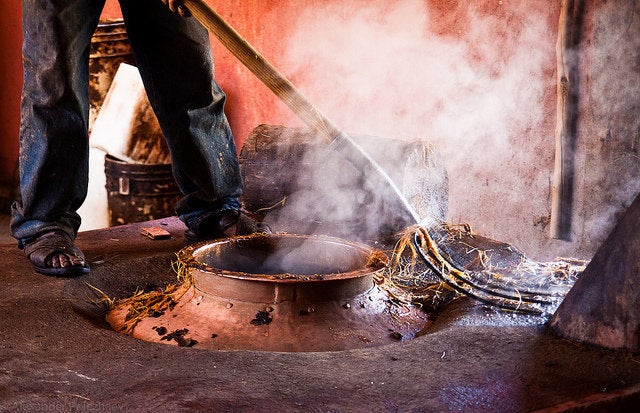
Alex Polezhaev @ Flickr.
If you’re used to drinking tequila, you won’t necessarily recognize much when you pick up a glass of mezcal. Like tequila, mezcal is made of distilled agave juice, and that same fruity-vegetal flavor is lurking back there somewhere. But what defines many mezcales is a heavy dose of smoke and ash, that is then rounded out by the accompanying agave flavors.
Barrel aging tends to tampen down the smokiness, but many mezcal devotees prefer the spirit unaged because both the smoke and the vegetal flavors of the agave come through more clearly.
Barrel aging tends to tampen down the smokiness, but many mezcal devotees prefer the spirit unaged because both the smoke and the vegetal flavors of the agave come through more clearly.
Advertisement
It’s roasted underground.
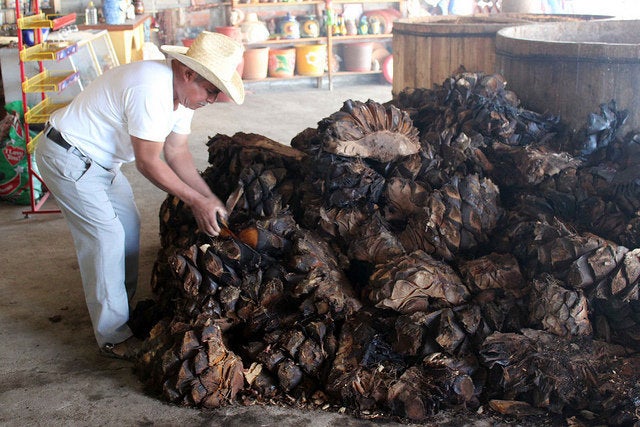
Eugenio Fernández Vázquez @ Flickr.
Mezcal’s uniquely smokey taste comes from roasting shorn agave pits -- known in Spanish as “piñas,” because they look like pineapples -- in underground ovens over hot rocks.
After roasting, which coaxes out the agave’s natural juices, the piñas are removed and crushed, often using a heavy stone called a “tahoma.” The fermented juices are then distilled, usually twice in pot stills.
After roasting, which coaxes out the agave’s natural juices, the piñas are removed and crushed, often using a heavy stone called a “tahoma.” The fermented juices are then distilled, usually twice in pot stills.
It tastes like Mexico.
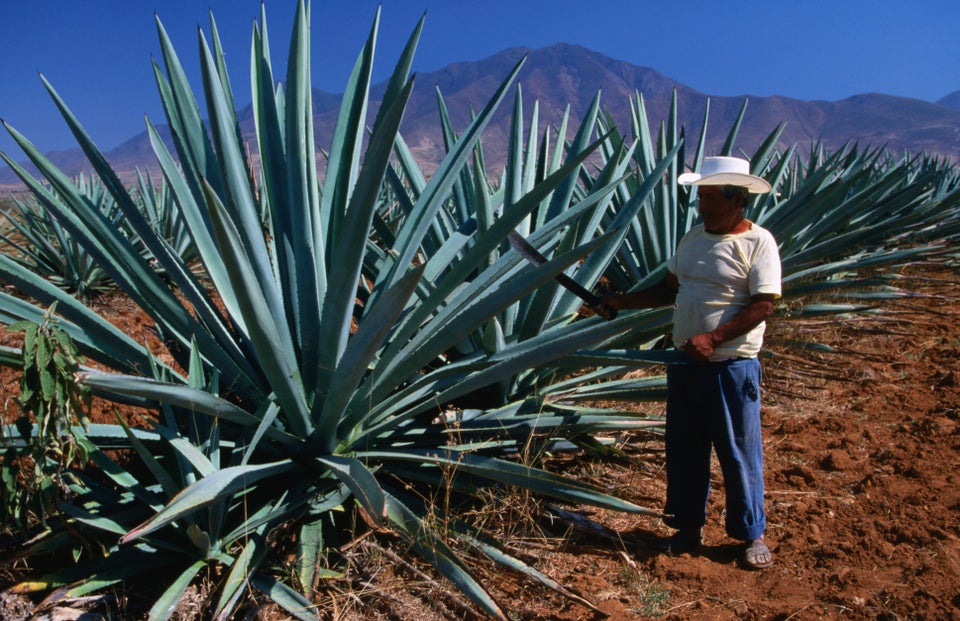
Greg Elms via Getty Images
The liquor industry has appropriated the French concept of “terroir” to describe when food or drink tastes of the place it comes from. Few liquors do that as gloriously as mezcal, which tastes like a bottled version of the sun-baked earth of Mesoamerica.
It's not just branded, it's "curated."
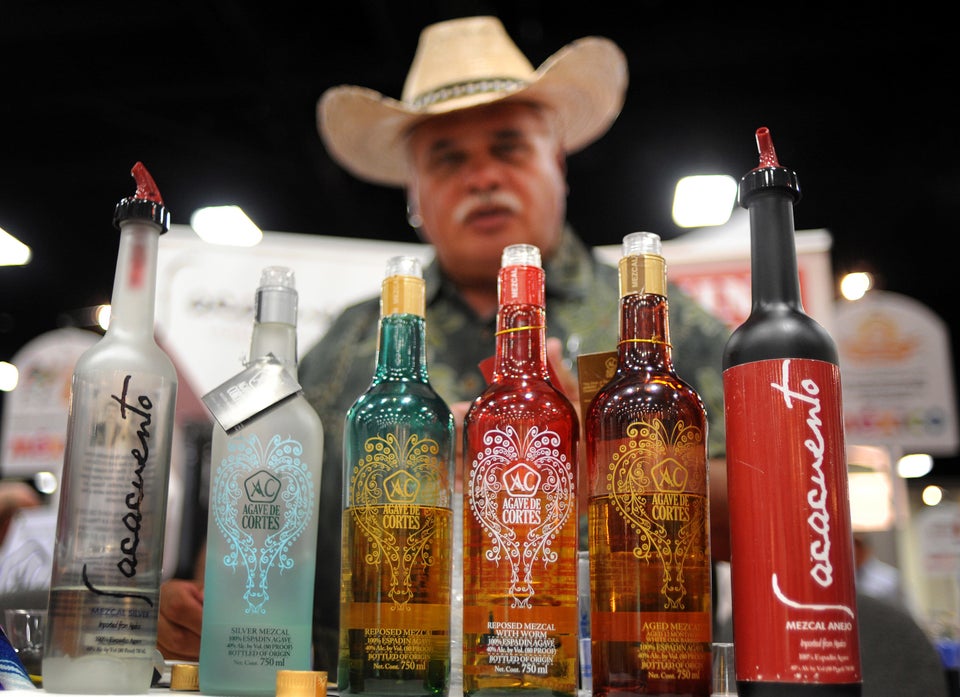
Bloomberg via Getty Images
Most liquors bear brand names bestowed on them by the owners of the distillery that produces them. With mezcal, the process often works differently, according to agave expert Ana Valenzuela.
Instead, Valenzuela says, mezcales are sometimes selected by individuals who search out the distilleries and distribute the product, known in Spanish as “curadores,” or “curators."
“The people who make the best mezcal curators are those that pay great attention to every detail of the production process,” Valenzuela told The Huffington Post.
Instead, Valenzuela says, mezcales are sometimes selected by individuals who search out the distilleries and distribute the product, known in Spanish as “curadores,” or “curators."
“The people who make the best mezcal curators are those that pay great attention to every detail of the production process,” Valenzuela told The Huffington Post.
Advertisement
It’s artisanal.
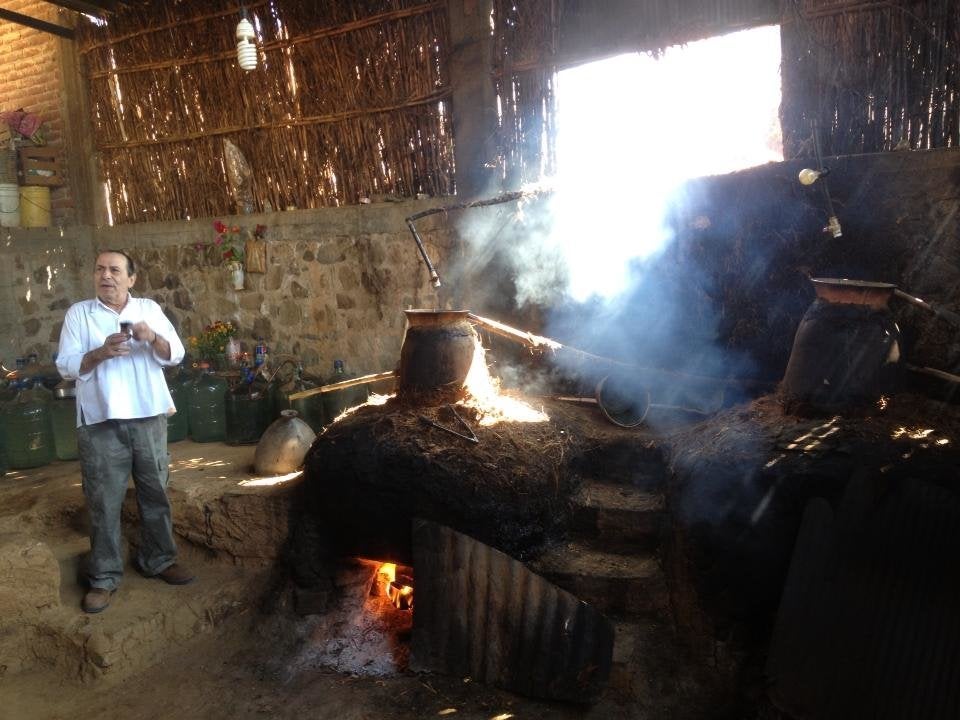
Courtesy of Del Maguey
Ron Cooper is one of the curators Valenzuela refers to. An artist by profession, Cooper is often credited as one of the driving forces behind the growing interest in mezcal in the United States in recent years.
Cooper pioneered the Del Maguey brand, which he originally established as a way to get around laws restricting the quantity of mezcal he could bring home with him after trips to Mexico.
“Somebody had to create a bottling system and a labeling system in order to bring the good stuff back for me and my friends,” Cooper told HuffPost.
Enamored of the spirit, he spent years driving up dirt roads asking the local indigenous people who made the best mezcal. Over the last two decades he’s forged personal relationships with producers across the Southern state of Oaxaca, where most mezcal is produced.
“It’s super slow,” Cooper said. “It is totally artisan. It has incredible flavors. No water is ever added… You taste the terroir and the hand of the maker.”
Cooper pioneered the Del Maguey brand, which he originally established as a way to get around laws restricting the quantity of mezcal he could bring home with him after trips to Mexico.
“Somebody had to create a bottling system and a labeling system in order to bring the good stuff back for me and my friends,” Cooper told HuffPost.
Enamored of the spirit, he spent years driving up dirt roads asking the local indigenous people who made the best mezcal. Over the last two decades he’s forged personal relationships with producers across the Southern state of Oaxaca, where most mezcal is produced.
“It’s super slow,” Cooper said. “It is totally artisan. It has incredible flavors. No water is ever added… You taste the terroir and the hand of the maker.”
The worm tradition originated with mezcal.
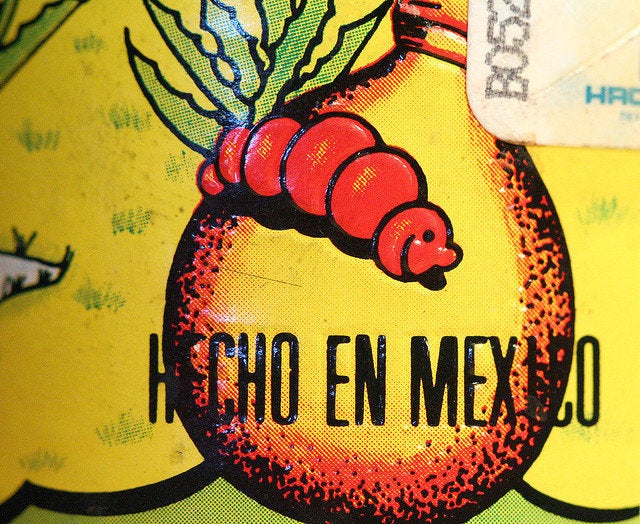
Dennis Brekke @ Flickr.
The tradition of putting a worm inside the bottle doesn't come from tequila -- it’s actually associated with the mezcales of Oaxaca. And it’s not really a worm, but a moth larva that resembles a worm.
The tradition's origins aren't 100 percent clear, but some say it emerged as a way to prove the potency of liquor in a largely unregulated market, since the worm would be preserved by the high concentration of alcohol. Many swear this off as a marketing gimmick associated with low-quality spirits, but Valenzuela says it adds a unique flavor.
The tradition's origins aren't 100 percent clear, but some say it emerged as a way to prove the potency of liquor in a largely unregulated market, since the worm would be preserved by the high concentration of alcohol. Many swear this off as a marketing gimmick associated with low-quality spirits, but Valenzuela says it adds a unique flavor.
It's rare.
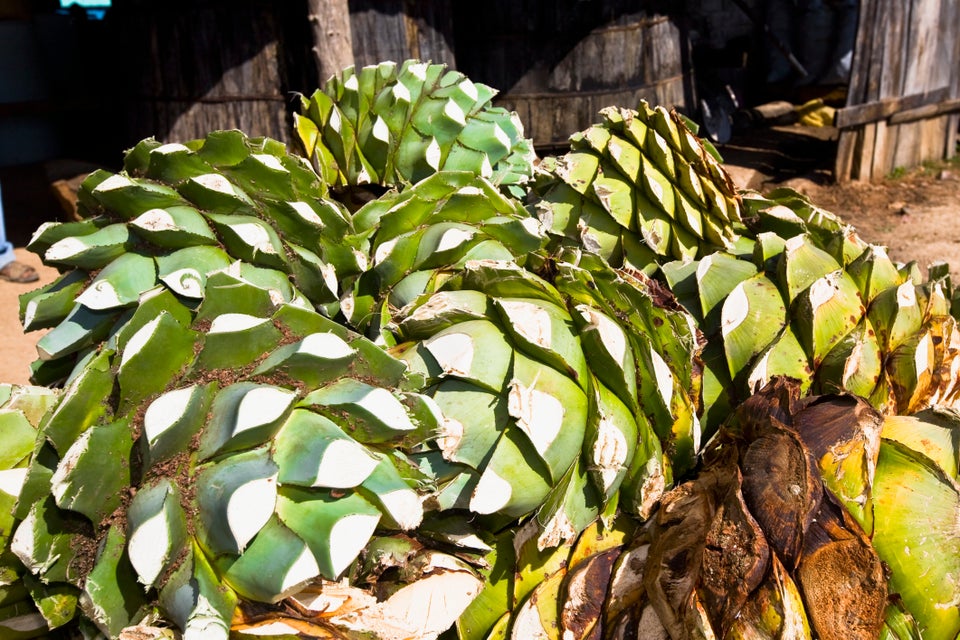
Glow Images via Getty Images
For every bottle of mezcal Mexico’s 8,000 producers put out, the tequila industry bottles about 200, according to Reuters.
Unlike tequila, which is made almost exclusively from the blue agave, mezcal is distilled from a variety of agaves. The majority of bottles found on U.S. shelves is distilled from the espadín agave, which serves as the workhorse of the mezcal industry. A number of increasingly pricey mezcales are sold based on rarer agaves, like lumbre, arroqueño, or tobalá. Some of them grow wild, taking decades to mature.
Unlike tequila, which is made almost exclusively from the blue agave, mezcal is distilled from a variety of agaves. The majority of bottles found on U.S. shelves is distilled from the espadín agave, which serves as the workhorse of the mezcal industry. A number of increasingly pricey mezcales are sold based on rarer agaves, like lumbre, arroqueño, or tobalá. Some of them grow wild, taking decades to mature.
Advertisement
